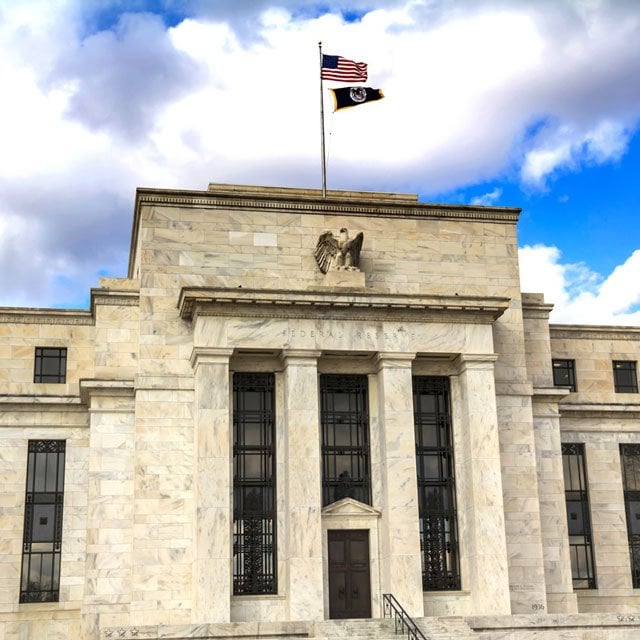Fed Leaves Rates Unchanged, Signals One More Hike This Year

What You Need to Know
The FOMC held its target range for the federal funds rate at 5.25% to 5.5%, while it aims to ensure inflation decelerates.
Officials also continued to project inflation would fall below 3% next year, and see it returning to 2% in 2026.
A possible government shutdown at the end of this month is also looming over the outlook and threatens to deprive policymakers of key data on employment and prices.
The Federal Reserve left its benchmark interest rate unchanged while signaling borrowing costs will likely stay higher for longer after one more hike this year.
The U.S. central bank’s policy-setting Federal Open Market Committee, in a post-meeting statement published Wednesday in Washington, repeated language saying officials will determine the “extent of additional policy firming that may be appropriate.”
The FOMC held its target range for the federal funds rate at 5.25% to 5.5%, while updated quarterly projections showed 12 of 19 officials favored another rate hike in 2023, underscoring a desire to ensure inflation continues to decelerate.
Fed officials also see less easing next year, according to the new projections, reflecting renewed strength in the economy and labor market.
They now expect it will be appropriate to reduce the federal funds rate to 5.1% by the end of 2024, according to their median estimate, up from 4.6% when projections were last updated in June. They see the rate falling thereafter to 3.9% at the end of 2025, and 2.9% at the end of 2026.
Yields on two-year U.S. government bonds rose after the decision, while the dollar pared declines against major peers and the S&P 500 index of stocks erased earlier gains.
Fed Chair Jerome Powell will expand on the policy decision and the new projections at a 2:30 p.m. press conference.
After a historically rapid tightening that took the federal funds rate from nearly zero in March 2022 to above 5% in May of this year, the central bank has in recent months pivoted to a slower pace of increases.
The new tack seeks to let incoming data determine the peak level for interest rates as inflation decelerates toward the 2% target. The Fed’s preferred index of prices, excluding food and energy, rose 4.2% in the 12 months through July.






